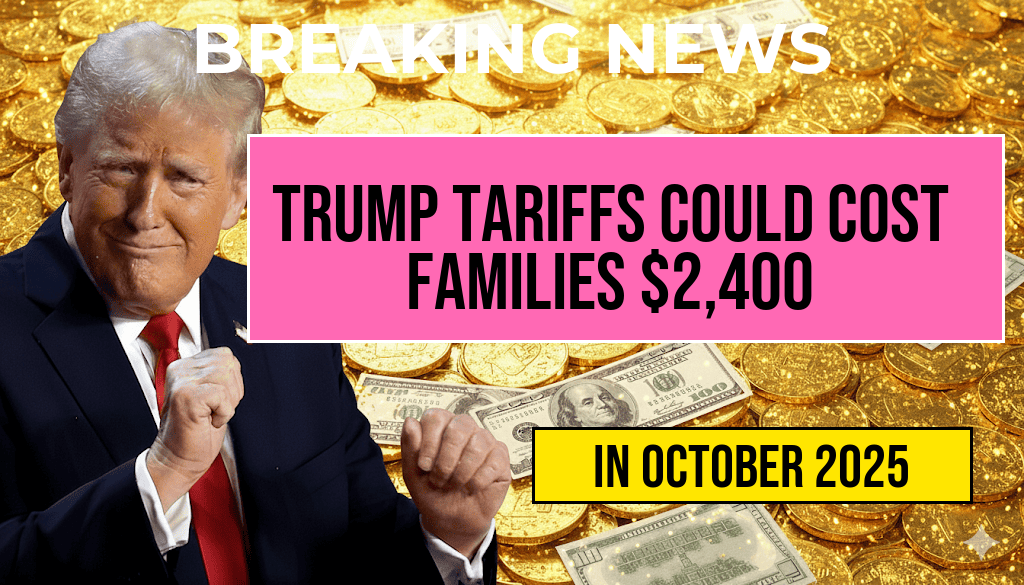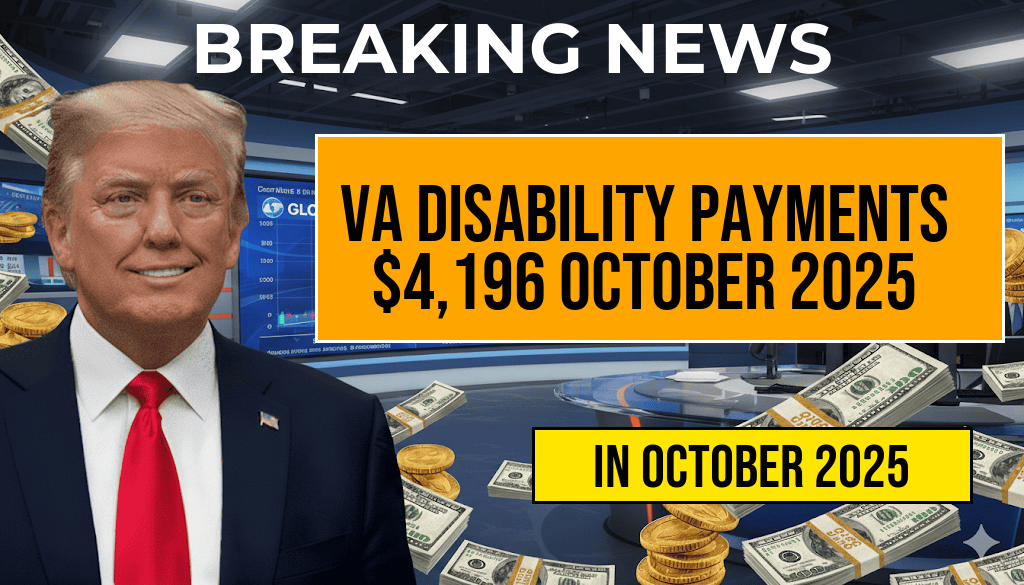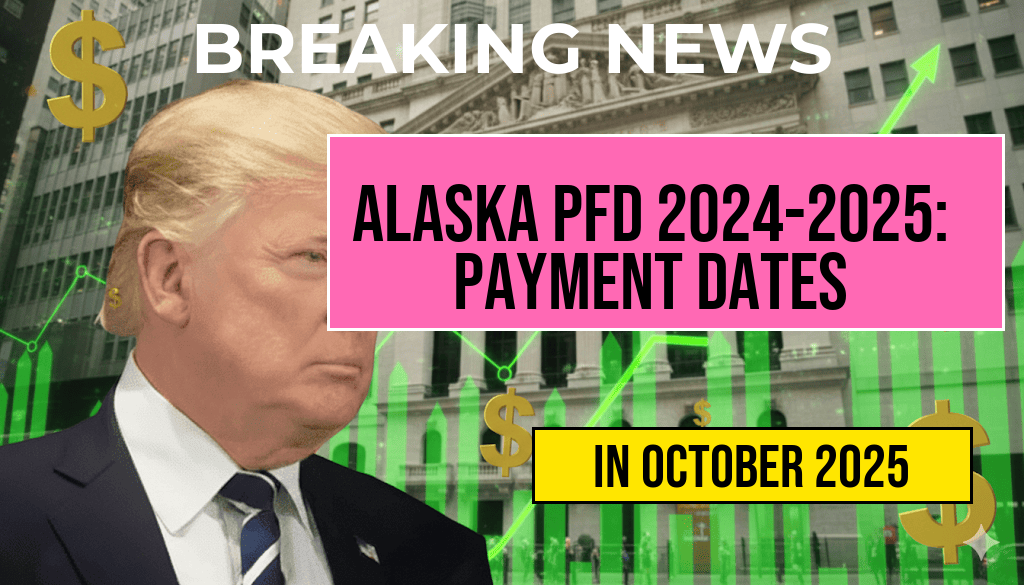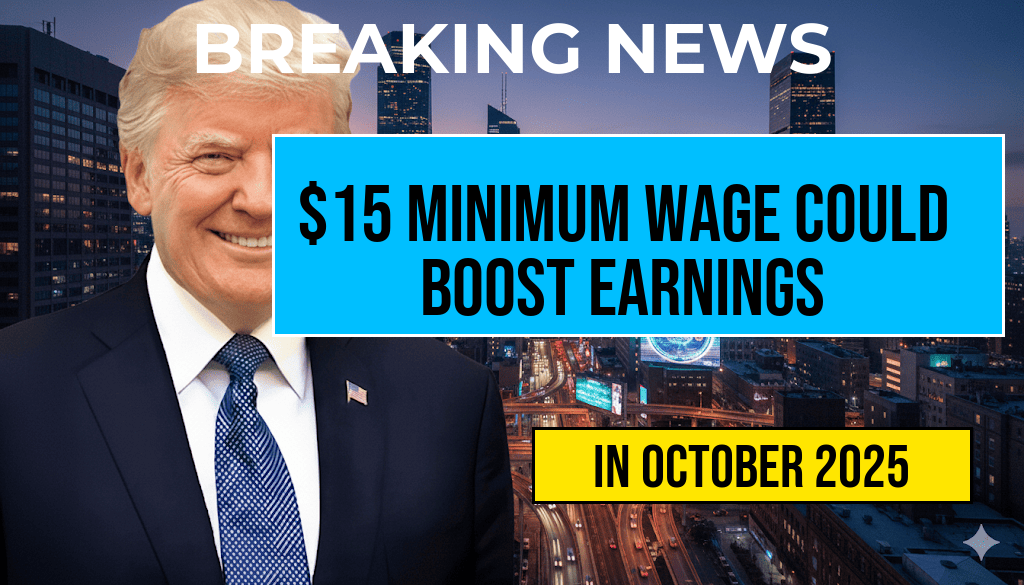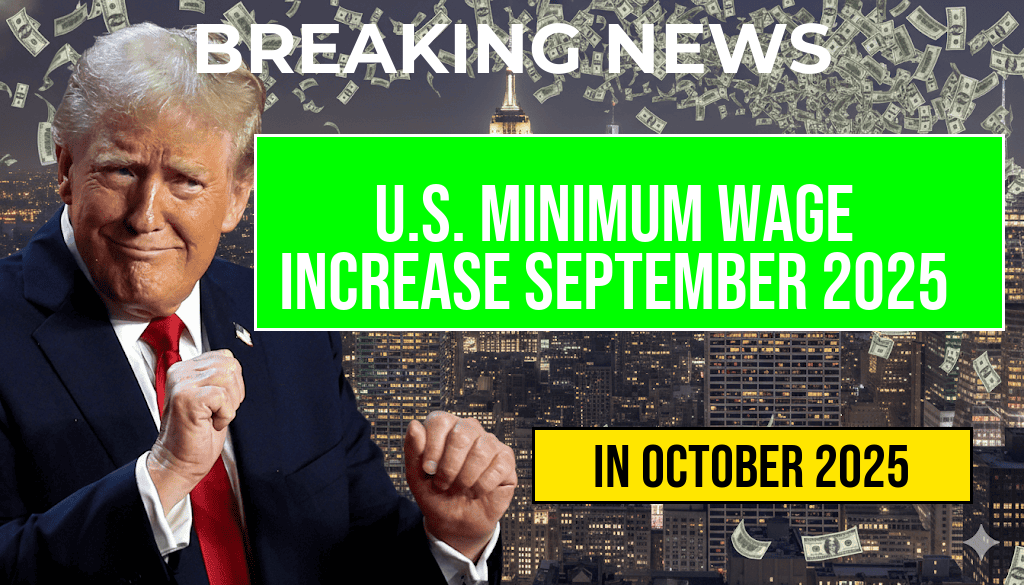Recent analyses suggest that the impact of former President Donald Trump’s tariffs could be costing the average American family approximately $2,400 annually. Dubbed the “Turbulence Tax” by critics, these tariffs were initially aimed at protecting domestic industries but have inadvertently increased consumer prices across a broad spectrum of goods. As households face rising costs for everything from electronics to everyday groceries, understanding the hidden toll of these policies becomes essential. This article explores how the tariffs are affecting household budgets, the mechanisms behind these costs, and what consumers can expect moving forward.
The Origins of the Tariffs and Their Intended Goals
During Donald Trump’s administration, a series of tariffs were implemented primarily targeting China, Mexico, and other trading partners. These measures aimed to reduce trade deficits, bolster domestic manufacturing, and exert pressure on foreign governments to renegotiate trade agreements. According to the U.S.-China trade war Wikipedia page, these tariffs initially targeted steel, aluminum, and a range of consumer goods, with the expectation that the costs would be absorbed by foreign exporters or passed along to consumers gradually.
How Tariffs Translate into Consumer Costs
While policymakers often emphasize that tariffs are paid by foreign entities, economic analyses reveal that the ultimate burden frequently falls on American consumers and businesses. When tariffs increase the cost of imported goods, companies often respond by raising retail prices to maintain profit margins. This ripple effect extends beyond the initial product, influencing supply chains and the prices of domestically produced items that rely on imported components.
Quantifying the Impact on Households
| Item Category | Average Price Increase | Annual Additional Cost |
|---|---|---|
| Electronics (e.g., smartphones, laptops) | 8-12% | $300 |
| Clothing and Footwear | 5-9% | $150 |
| Automotive Parts | 6-10% | $600 |
| Groceries (packaged foods, beverages) | 3-7% | $700 |
| Household Goods (furniture, appliances) | 4-8% | $350 |
When summed, these increases contribute to an estimated $2,400 annual additional expense for the typical family. The actual impact varies depending on household consumption patterns, but the trend remains clear: tariffs have nudged up the cost of everyday essentials.
The Broader Economic Effects
Supply Chain Disruptions and Price Volatility
Tariffs can cause significant disruptions along supply chains, leading to delays and increased inventory costs for manufacturers. These added expenses are often transferred to consumers, especially in sectors where price competition is fierce.
Inflationary Pressures and Wage Stagnation
By raising the cost of imported goods, tariffs contribute to broader inflationary pressures. While wages have remained relatively stagnant for many American workers, inflation erodes purchasing power, effectively reducing real income. This dynamic can strain household budgets, forcing families to make difficult choices about spending and savings.
Public Response and Policy Debates
Critics argue that the “Turbulence Tax” has disproportionately impacted lower- and middle-income households, which spend a larger share of their income on imported goods. Meanwhile, proponents contend that tariffs protect domestic jobs and industries from unfair foreign competition. Recent studies from economic think tanks suggest that the net benefits of tariffs are ambiguous at best, with many economists warning of long-term damage to consumer welfare and economic growth [source: Forbes].
What Consumers Can Do
- Shop smarter: Seek out domestic alternatives or prioritize products with lower import reliance.
- Budget adjustments: Recognize the rising costs and incorporate them into household financial plans.
- Stay informed: Follow trade policy updates to anticipate price changes and adjust shopping habits accordingly.
The Road Ahead
As trade negotiations continue and global supply chains adapt, the full impact of tariffs remains uncertain. Policymakers face a delicate balancing act between protecting domestic industries and shielding consumers from inflationary pressures. For American families, the key lies in understanding how these policies influence everyday expenses and making strategic choices to mitigate their financial toll.
Frequently Asked Questions
What are the main details of the “Turbulence Tax” discussed in the article?
The article explains how Trump tariffs on imported goods can result in additional costs, referred to as the “Turbulence Tax”. These tariffs lead to increased prices for products, which can add up to $2,400 annually for an average family, impacting household budgets.
How do tariffs impact the average family’s annual expenses?
Tariffs on imported goods often cause price increases on everyday items, leading to an estimated additional $2,400 in yearly expenses for the typical family. This hidden cost effectively functions as a “Turbulence Tax” that reduces disposable income.
Which types of products are most affected by these tariffs?
The tariffs primarily affect products such as electronics, clothing, and household goods. These items often rely on imports, and increased tariffs raise their retail prices, contributing to the overall additional costs faced by consumers.
What are the broader economic implications of the “Turbulence Tax”?
The article highlights that increased tariffs can lead to higher consumer prices, potential reduction in purchasing power, and possible economic turbulence that affects household budgets and overall economic stability.
What can families do to mitigate the impact of these tariffs?
Families can consider reducing discretionary spending, seeking alternatives to imported goods, or shopping during sales to offset the additional costs caused by tariffs. Being aware of these hidden expenses allows for better financial planning.

